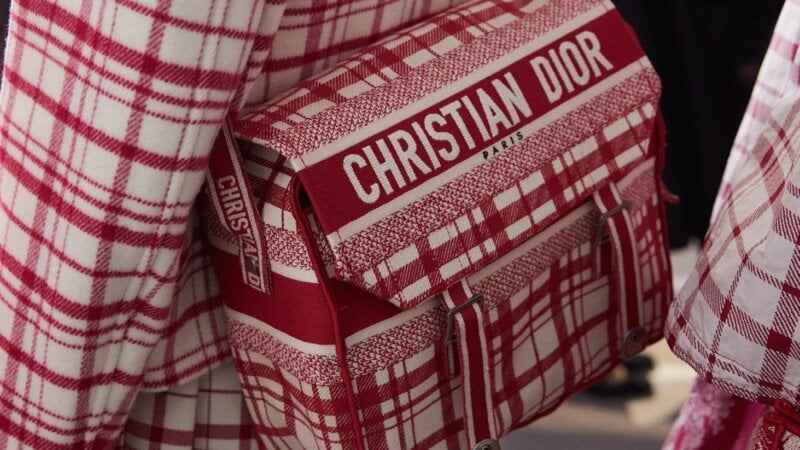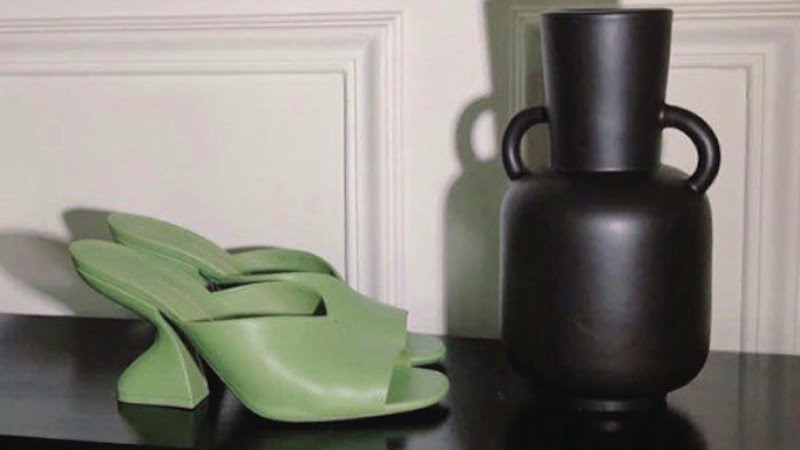.
Listings
Giorgio Armani was born in Piacenza, Italy, and broke into the fashion industry in the sixties after a brief time in the military service. Giorgio launched his career as a window dresser and in 1964, with an in-depth knowledge of fabric and design, he was taken on as a designer for men’s clothing company, Hitman. He soon made his mark. In 1973-74, at the prestigious Sala Bianca fashion show in Florence, he presented to great acclaim bomber jackets that treated leather as a regular, everyday fabric. This penchant for using materials in unexpected contexts and combinations came to be known as a defining characteristic of his genius. In 1975, Armani and Galeotti started their own company, Giorgio Armani S.p.A., and founded the Armani label. That July, Armani launched a revolution in fashion with his unlined and unconstructed man's jacket. Completely loose and informal, the blazer offered sensual hints of the body beneath, marking a major departure from, on the one hand, the stuffy suits that straitjacketed men in the 1960s, and, on the other, the sartorial abandon of the hippie generation. The rumpled jacket was an immediate success, and a new breed of tailoring was born. Three months later, he unveiled an unstructured jacket for women. Made with traditional menswear fabrics, it was as simple and soft as the man's and bore a masculine authority. With this alternative to long, flower-child skirts and classic French tailleurs, Armani joined Paul Poiret and Coco Chanel as an emancipator of women's fashion. In 1982, Armani became the first fashion designer to appear on the cover of Time magazine since Christian Dior in the 1940s. He was one of the first designers to approach celebrities to wear his designs, beginning with then Los Angeles Lakers coach Pat Riley in 1988. Armani also invited Hollywood stars to wear his designs at the Academy Awards, winning devotees such as Michelle Pfeiffer and Jodie Foster. Today, Armani extends his talent diversely, dressing Italian and English soccer teams and Alitalia airline flight attendants.
Kappa is an Italian high quality sportswear brand founded in Turin, Piedmont, Italy. Kappa was founded in Turin, Italy, in 1978, by Marco Boglione, as a sportswear branch of the already existing "Robe di Kappa". Founded as a sock and underwear brand in the Italian city of Turin in 1916, Kappa quickly became the “chavy” sportswear brand we know today. Robe Di Kappa was born out of the concept of casual wear that the student’s movement brought at the end of the late ’60s. The sexualised promotional material for Kappa’s notorious Jesus Jeans caused great outrage within the deeply religious country. Resulting in a court judge ordering the removal of hundreds of “religiously offensive” Kappa posters in 1973. Unsurprisingly, this controversy resulted in a great spike in interest towards the brand, by the fashion-conscious and young Europeans Maurizio Vitale, owner of Robe di Kappa, became the first person in Italy to sponsor a football team within 1979, beginning Kappa’s association with varying sports across the globe. Jason Fairclough explains, in an interview with Dazed, that Kappa first appeared in the UK during the early ’80s as Liverpool fans would bring back “French and Italian luxury sportswear brands like trophies from their European Cup away leg”. Sports sponsorships have been abundant for Kappa, with the likes of A.C. Milan, Barcelona and Red Star Belgrade football teams all repping the brand, whilst Juventus won their third Champions League final in 1996 wearing Kappa. It is not just football, however, that Kappa is associated with. In 2000 the brand partnered with the Italian Rugby Federation, 2003 resulted in a deal with Danish female rowing team ‘Guld 4’eren' and in 2016 Kappa was a major partner for sports in France, including Football, Basketball, Rugby and Handball. This emphasises the brand’s applicable diversity among its current consumers of the brand and supporters of the teams.
.
.



































